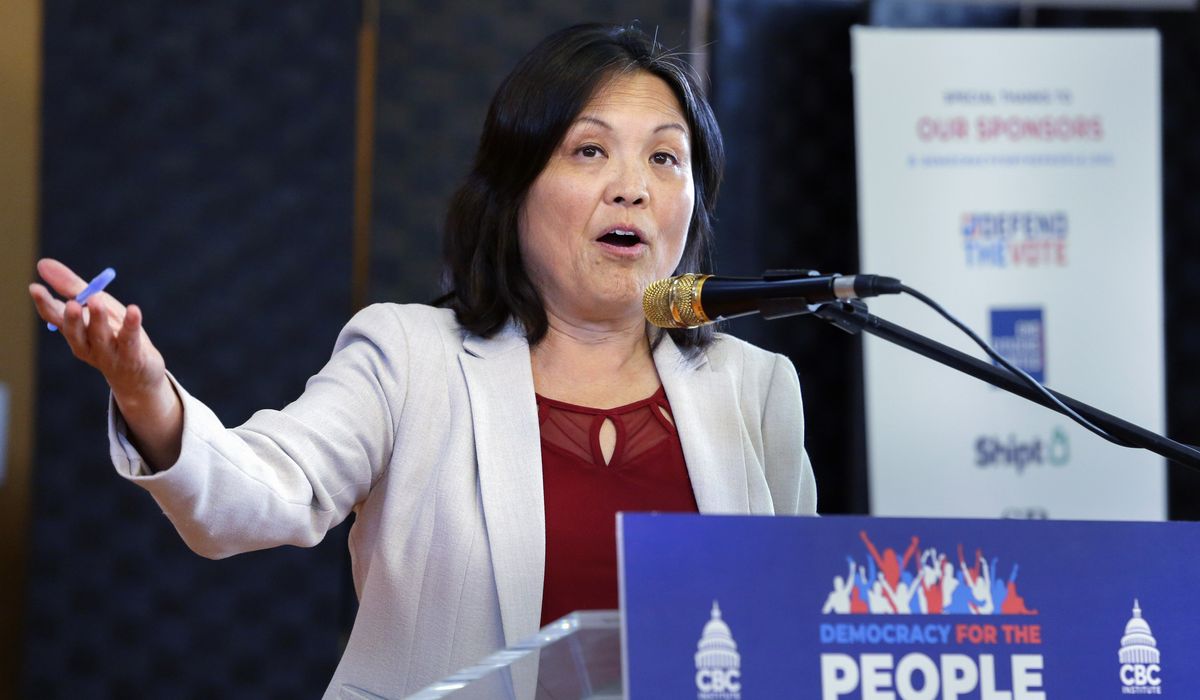Under Proposed Biden Administration Rule, Millions More Workers Would Be Eligible for Overtime Pay
August 30, 2023 | by Kaju

The Biden administration is set to propose a new rule that would make an additional 3.6 million American workers eligible for overtime pay. This move aims to revive an Obama-era policy that was overturned in court.
The new rule, which is still subject to public commentary and will take months to go into effect, would require employers to pay overtime to white-collar workers who earn less than $55,000 per year. This is an increase from the current threshold of $35,568, which was set by the Trump administration in 2019 (up from $23,660). Importantly, the new rule also includes provisions for automatic increases to the salary level each year.
Labor advocates and liberal lawmakers have long pushed for an expansion of overtime protections, as wage stagnation and inflation have eroded these protections over the years. The proposed rule would have a significant impact on industries such as retail, food, hospitality, manufacturing, and others where many managerial employees currently fall below the new salary threshold.
Acting Secretary of Labor Julie Su expressed support for the new rule, stating that she has heard from workers who are working long hours without extra pay and earning low salaries that do not adequately compensate them for their efforts.
However, the new rule may face opposition from business groups, as similar regulations proposed by the Obama administration were successfully challenged in court. While some liberal lawmakers and unions have called for an even higher salary threshold than the proposed $55,000, the rule falls short of these demands.
Under the Fair Labor Standards Act, most hourly workers in the U.S. are entitled to overtime pay (at least time-and-a-half) for hours worked beyond 40 hours per week. However, salaried workers in executive, administrative, or professional roles are exempt from this requirement if they earn above a certain level.
According to the left-leaning Economic Policy Institute, about 15% of full-time salaried workers currently qualify for overtime pay under the Trump-era policy, compared to over 60% in the 1970s. The new rule would increase this percentage to 27% by including those who earn below the new threshold.
Business leaders argue that setting the salary requirement too high could pose challenges for small businesses and potentially lead to converting salaried workers to hourly ones. On the other hand, progressive groups believe that the new rule does not go far enough to protect workers.
The Labor Department officials behind the proposed rule have stated that it aims to bring the threshold in line with the 35th percentile of earnings for full-time salaried workers, which is higher than the current 20th percentile but lower than the 40th percentile in the Obama-era rule.
The National Association of Manufacturers has expressed concerns about expanding overtime coverage, citing potential disruptions to supply chains and labor supply difficulties.
If implemented, the new rule would make around 300,000 more manufacturing workers eligible for overtime pay, along with a similar number of retail workers. Additionally, around 180,000 hospitality and leisure workers, and 600,000 workers in the healthcare and social services sector would also be affected.
RELATED POSTS
View all


